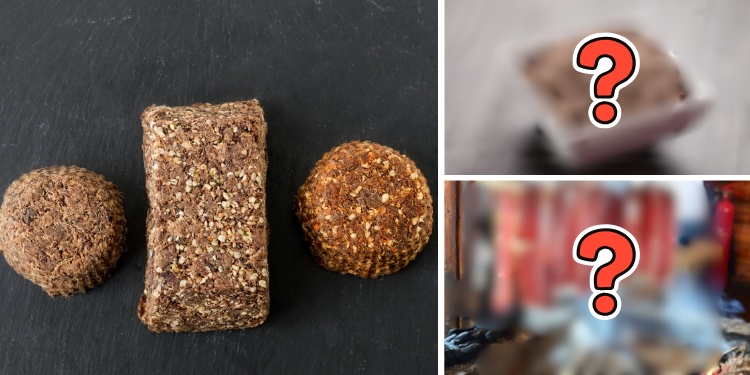Pintail Numbers Increase, Mallards Are Stable, and Other Takeaways from This Year’s Duck Survey

This year’s waterfowl population survey results will be disappointing to veteran duck hunters, but they shouldn’t be surprising. The total number of ducks dipped just below 34 million breeding ducks, according to the annual duck counts published Tuesday by the U.S. Fish and Wildlife Service. This total estimate is essentially is unchanged from last year, which represented the first duck population increase since 2015. But due to persistent dry conditions in the Prairie Pothole region that led to poor reproduction rates this spring, there will likely be fewer young ducks on the landscape this year.
“This year is basically a reflection of what happened last breeding season,” Steve Adair, chief scientist for Ducks Unlimited, tells Outdoor Life. “It’s birds that are coming back [north] from last year. The impact of the really dry conditions is going to be on the fall flight this winter and then the breeding population for 2026.”
When scientists conduct the USFWS Waterfowl Breeding Population and Habitat Survey, as they’ve done every year since 1955 (except for the Covid-19 pandemic), they’re not just counting ducks — they’re also recording the number of ponds that those ducks use to reproduce. And this year, drought conditions have led to a 34 percent decline in pond numbers in the U.S. from 2024, which is the lowest U.S. pond estimate in seven years.
“Based on the pond numbers, we expect lower reproduction and fewer young birds in the fall flight this year,” Adair says.
Even with that less-than-ideal news, there are plenty of silver linings. For example pintail numbers bumped up noticeably. Notably, hunters get will get a three-pintail bag limit this season, even though pintails are down 41 percent from their long-term average. To understand why, check out the USFWS interim pintail management strategy.
Mallard numbers only dipped one percent compared to 2024, hovering just above 6.5 million. But still, mallard long-term averages are down 17 percent. These figures are one of the lowest mallard counts since the early 90s.
After the banner year for green- and blue-winged teal in 2024, this year the species are down 15 percent and four percent, respectively. While long-term averages are down 13 percent for blue-winged teal, green-winged teal are showing some resiliency and remain 16 percent above the long term average. The biggest long-term increases come from redheads, which are up 25 percent, with a 17 percent bump compared to 2024.
Canvasbacks have shown the most impressive increase in breeding this year, with counts up by 22 percent. Wigeon and gadwalls showed modest gains, too, and both species are up over the long term, at 22 percent and 17 percent, respectively. (Spoonies are up slightly, too.)
The dry prairies did get some rain last spring, though it arrived too late for early nesters like pintails and mallards. That could have a big impact on those two populations this winter and next spring. The late deluges didn’t seem to provide much relief for the parched soil of the prairies of North America — when looking at the decline in pond numbers in both the U.S. and Canada, there is a 20 percent decline in wetlands in the long term.
Another key takeaway, according to a DU press release, is that the USFWS is expected to recommend liberal frameworks for the 2026–2027 duck season across all four flyways. In other words, we’re probably not going to see big changes to duck hunting regulations across the country. For an excellent breakdown on how the survey works, why it matters, and how it impacts hunters, check out this DU podcast below.
Read Next: Where Are All the Ducks?
Even though droughts can wreak havoc, there is upside. When seed banks are exposed by dry periods, says Adair, it promotes the recycling of nutrients and vegetation growth. That ultimately leads to better nesting habitat. So, while poor habitat conditions will impact hunters this season and next, there’s a good chance that the prairies may bounce back with improved breeding grounds—— if they stay wet.
Read the full article here









